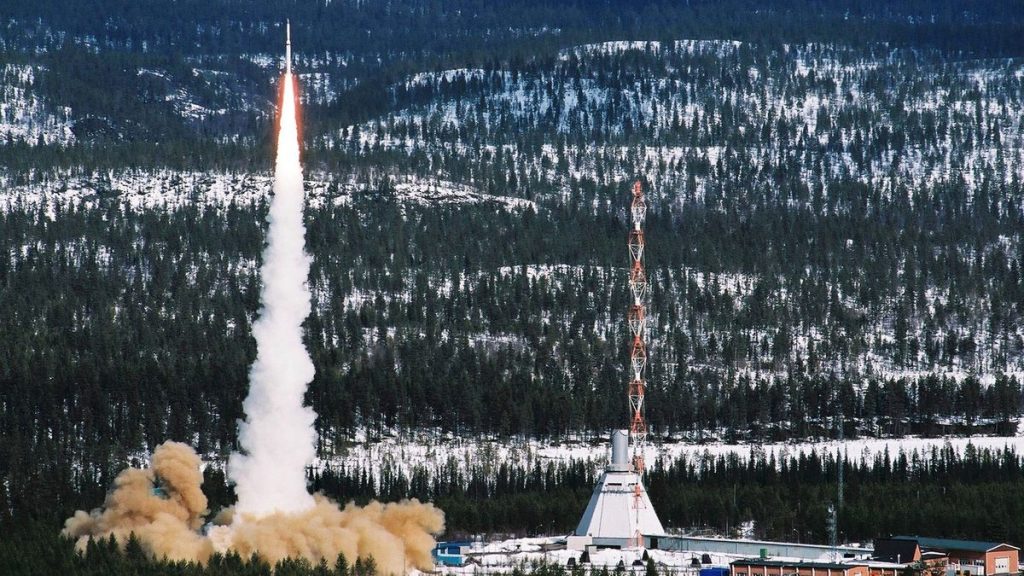A suborbital rocket is set to help scientists take the next step in various realms of research with a launch from northern Sweden.
The launch window for the SubOrbital Express-4 mission — which will fly from the Esrange Space Center, above the Arctic Circle — opens on Nov. 22. It will send six experiments from the U.S, Japan, Germany, the Netherlands, Finland and Sweden briefly into space and provide precious minutes of microgravity.
Experiments aboard the rocket range from immune cell research, solar cell techniques and dust formation in space, to complex particle behavior, macroalgae reproduction and the behavior of water in microgravity.
“Sometimes, a few minutes in the microgravity of space is just what a research project needs to reach the next level, often resulting in great discoveries for humanity,” Krister Sjölander, head of payloads and flight systems at the Swedish Space Corporation (SSC), said in a statement.
Related: Sweden’s Arctic spaceport moves one step closer to orbital launches
The SubOrbital Express-4 mission will use a 41.3-foot-tall (12.56 meters), two-stage VSB-30 launch vehicle to send 902 pounds (409 kilograms) of experiment payload to an altitude of 165 miles (265 kilometers).
The mission is the 16th in a series of Materials Science Experiment Rocket (MASER) rockets launched from Esrange since 1987. The European Space Agency (ESA) is the program’s largest customer, funding several of the experiments on board SubOrbital Express-4.
The mission experiments are:
- MicACTin, from Karolinska Institutet, Sweden, aims to benefit astronauts’ health and help develop immune system activation treatments by studying how microgravity affects T cells in the immune system.
- LiFiCo, from Karlstad University, Sweden, is focused on improving solar cell efficiency by investigating how microgravity impacts liquid film coating processes to optimize solar cells.
- DUST-II, developed at Hokkaido University, Japan, and Braunschweig University in Germany, will look at how dust grains form and grow in space, which could provide insights into phenomena such as giant stars, newly formed planetary systems and the atmospheres of exoplanets.
- JACKS, from Brandenburg University of Applied Sciences and OvGU in Germany, will look at granular gasses and complex particle behavior, which aims to provide insights into the evolution of celestial bodies and energy transfer mechanisms.
- BFS, run by the Stockholm University Baltic Sea Centre in Sweden, with analysis to be performed in collaboration with Helsinki University, will study the reproduction of macroalgae Bladderwrack (Fucus vesiculosus), which is common in the Baltic and Atlantic, and its synchronization with lunar cycles.
- TATTS, from Linköping University, Sweden and in collaboration with the University of Colorado, is designed to capture video of water behavior in microgravity as part of fundamental research into fluid dynamics in space.
The launch window runs through Dec. 3. Sweden’s Arctic Esrange spaceport is also preparing to host orbital launches in the future.

